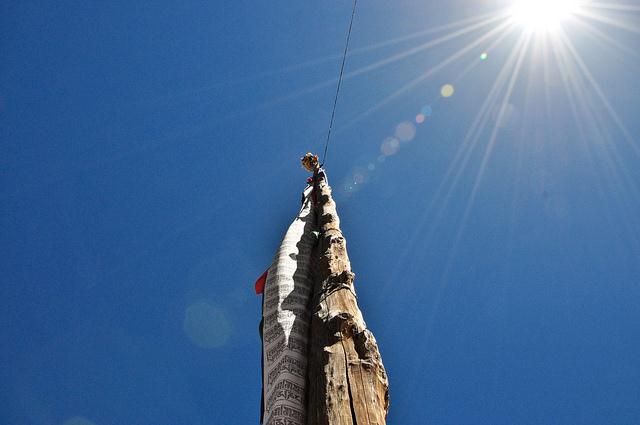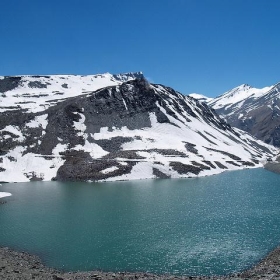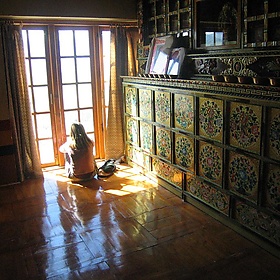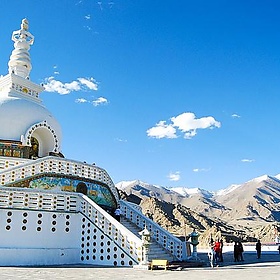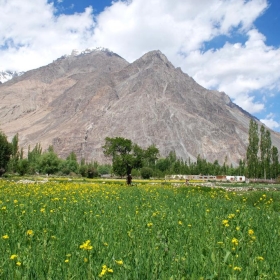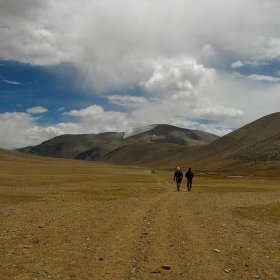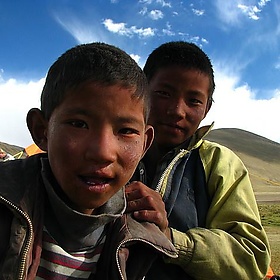Ladakh
Ladakh is a region of Jammu and Kashmir, the northernmost States and territories of India. It lies between the Kunlun Mountains mountain range in the north and the main Great Himalayas to the south, inhabited by people of Indo-Aryans and Tibetan people descent. It is one of the most sparsely populated regions in Kashmir.
Historically, the region included the Baltistan (Baltiyul) valleys, the Indus Valley, the remote Zangskar, Lahaul and Spiti to the south, Aksai Chin and Ngari, including the Rudok region and Guge, in the east, and the Nubra valleys to the north.
Ladakh is renowned for its remote mountain beauty and culture. It is sometimes called"Little Tibet" as it has been strongly influenced by culture of Tibet.
Since 1974, the Government of India has successfully encouraged tourism in Ladakh. Since Ladakh is a part of the Kashmir dispute, the Indian military maintains a strong presence in the region.
The largest town in Ladakh is Leh. It is one of the few remaining abodes of Buddhism in South Asia, including the Chittagong Hill Tracts, Bhutan and Sri Lanka; a majority of Ladakhis are Tibetan Buddhisms and the rest are mostly Shia Islam.
Why visit?
- Ladakh is home to a number of ancient monasteries, including the famous Hemis Monastery. Visitors can explore the monasteries and learn about the region's rich Buddhist heritage.
- Ladakh is home to a unique culture that is distinct from the rest of India. The region is home to a variety of ethnic groups, including Tibetan Buddhists, Muslims, and Hindus.
- Ladakh is known for its stunning landscapes, with snow-capped mountains, deep valleys, and vast deserts. Visitors can explore the region's natural beauty by trekking, mountain biking, or simply taking in the views.
